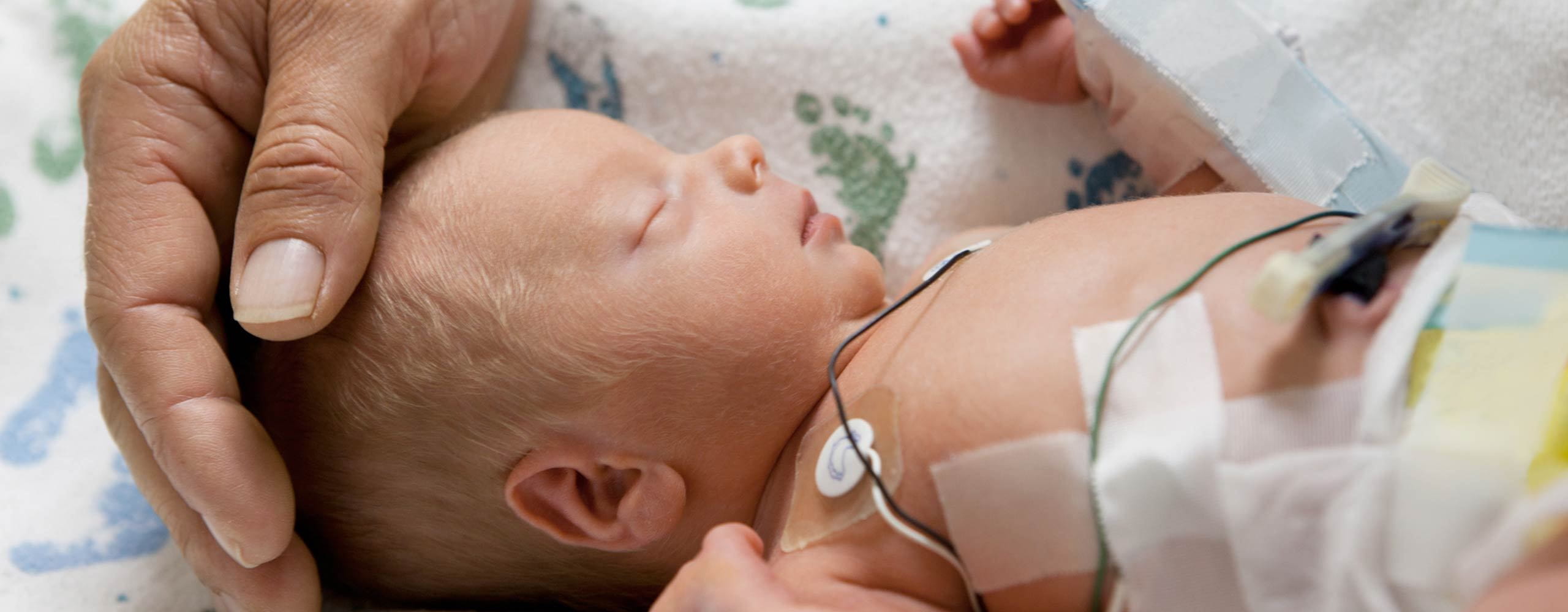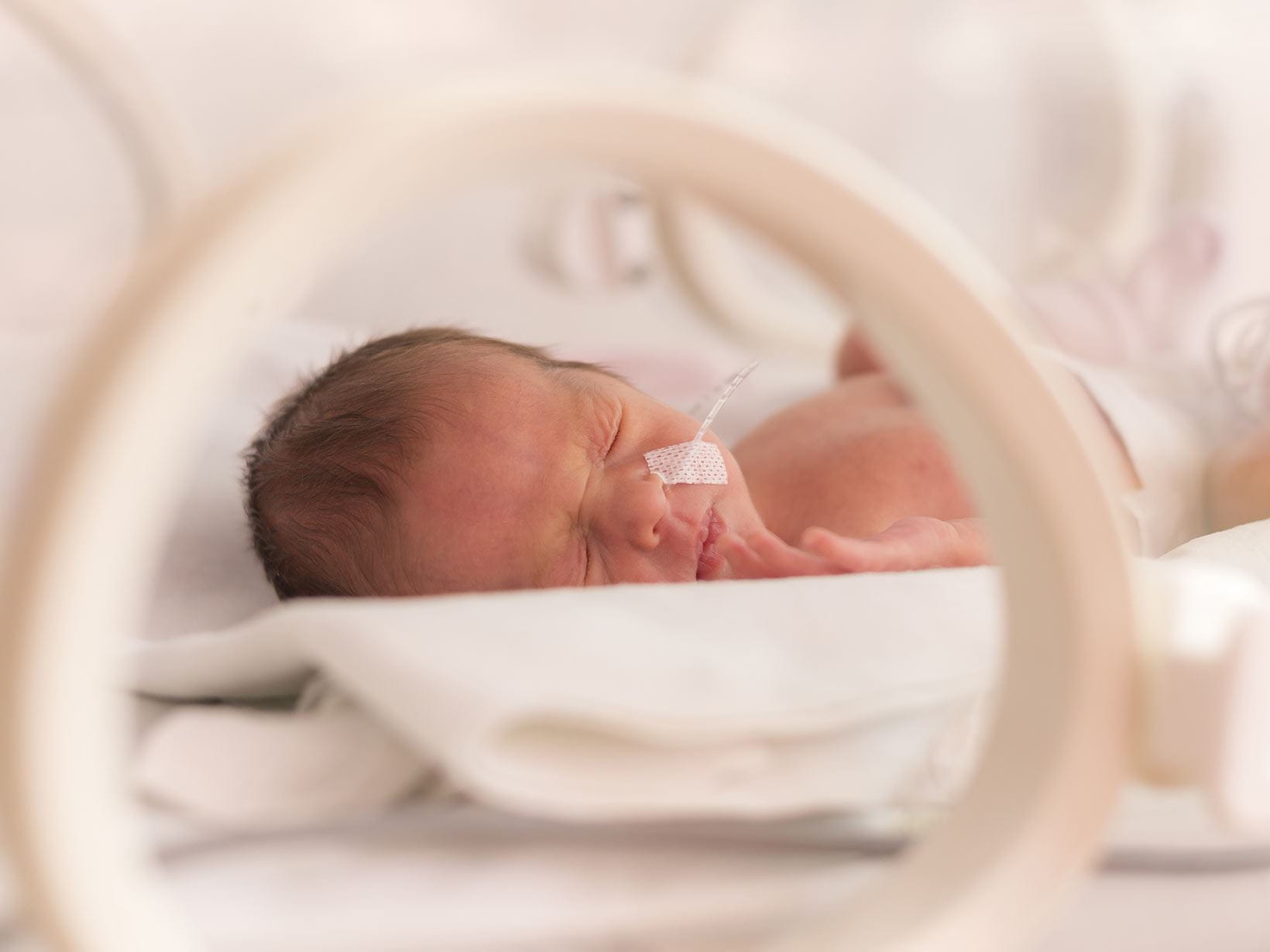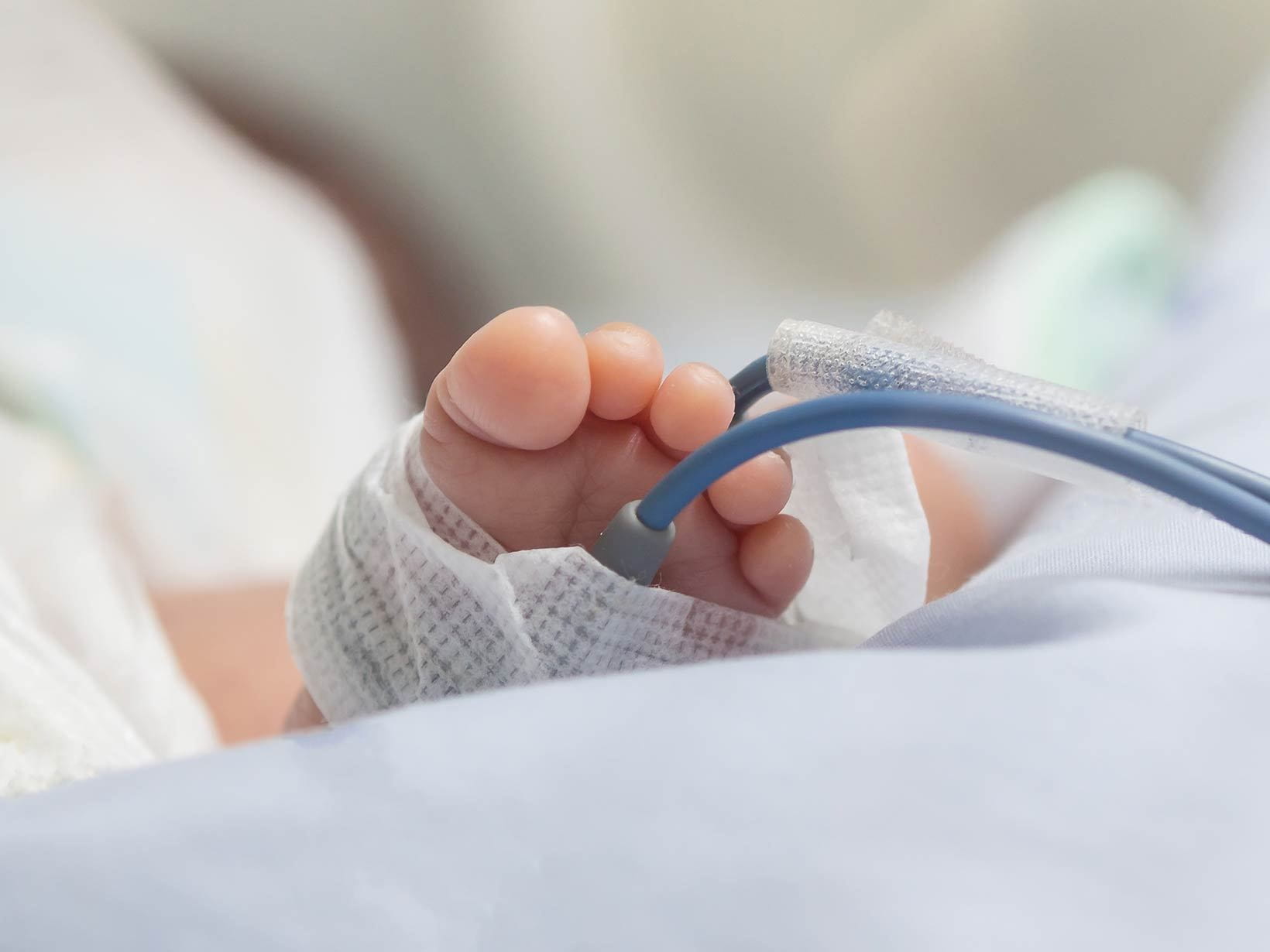
Tactile Stimulation: Where science meets survival
Premature Babies often stop breathing, but a simple touch stimulates them to breathe again. However in everyday hospital life, it’s difficult for the nurses to touch every single premature baby in time. Fortunately, researchers in Leipzig have developed a method that can be used to semi-mechanically stimulate premature babies. NIVEA promotes this project to increase the chances of survival of premature babies.
“Our project aims to end the extremely frequent breathing stoppages of premature infants faster than before.”

Prof. Dr. Martin Grunwald
Head of the Haptic Research Laboratory in Leipzig
"Our stimulator should be able to be used worldwide to better manage these terrible apneic phases."





